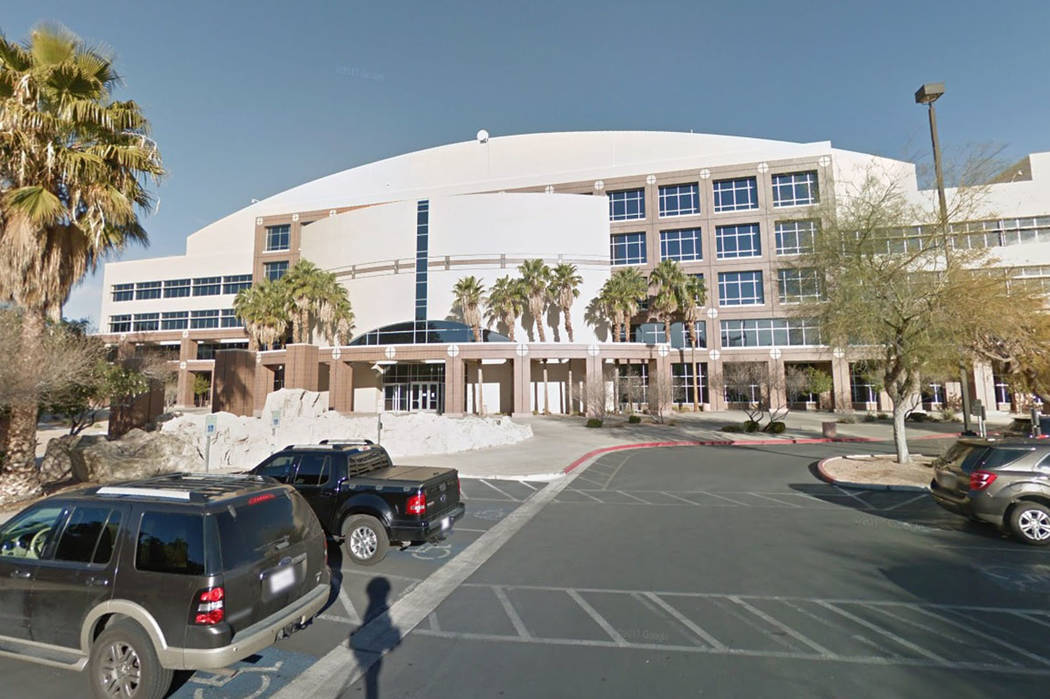Mold complaints at Grant Sawyer state building prompt repairs

Crews are replacing heating and ventilation equipment in the Grant Sawyer state offices in Las Vegas after a report cited a possible link between leaks in the system and the presence of low concentrations of two species of mold in the building’s dust.
The report came after at least 10 state employees working at the Las Vegas building filed worker’s compensation complaints in November alleging that mold caused “building-related symptoms,” including respiratory illness and headaches, that typically go away when people leave the contaminated environment.
The investigation, led by Reno-based environmental medicine specialist Dr. James Craner, found that leaky valves in the heating and air conditioning system may have allowed water to drip into the ceiling tiles, creating a friendly environment for mold spores to grow.
Though the moldy dust on its own doesn’t prove that the leaks created a contamination, fixing the HVAC system and cleaning the “presumably mold-contaminated carpet” of dust could clear the low levels of mold, the report said.
“These HVAC leaks and occupant health complaints are postulated to be the same as those that occurred in the mid-1990s,” Craner wrote on April 4, referring to a prior “sick building syndrome” case that plagued the state office building. The mold likely settled in the carpet and could be inhaled by employees while they walk or conduct office maintenance, the report read.
Tests on the air’s mold concentrations came back nonharmful, and samples of settled dust showed very low concentrations. The two mold species detected at higher concentrations throughout the building included the Stachybotrys chartarum, which is “highly associated with building-related symptoms,” the report said.
Nevada Department of Administration Director Patrick Cates wrote in an update Friday that the state was following Craner’s recommendations to replace the HVAC valves throughout the building by May 5.
The department also plans by July to deep-clean the building’s carpets and other surfaces that may have been contaminated by mold.
Four months after the deep cleaning, the department will retest for mold, Cates said.
“If the tests continue to show atypical molds, we will continue with further investigations and remediation measures until these concerns are resolved,” Cates wrote.
Mold exposure can cause stuffy nose, wheezing and red or itchy eyes in those sensitive to it, according to the Centers for Disease Control and Prevention. People with asthma or mold allergies could face more intense symptoms.
Severe reactions include fever and shortness of breath.
Contact Jessie Bekker at jbekker@reviewjournal.com or 702-380-4563. Follow @jessiebekks on Twitter.













